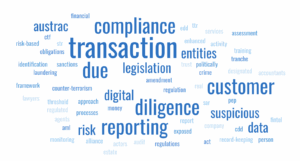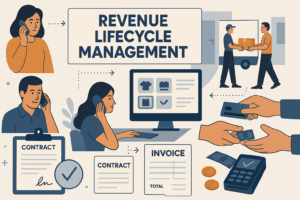How many potential buyers have slipped through the cracks this year? If you don’t know, that’s part of the problem. In premium automotive sales, the moment a lead lands, the countdown to conversion begins. But all too often, slow responses, duplicate entries, or poor routing mean lost revenue. At Argo we help OEMs streamline this exact challenge.
Standardising the Process: Why It Matters
One of the biggest challenges in lead management is inconsistency. A “hot” lead for one salesperson might be “warm” for another. A “cold” lead in one dealership might mean ‘low engagement,’ while elsewhere it means no response at all. Without shared definitions, follow-ups become inconsistent and opportunities fall away. To solve this, we’ve helped clients:
- Map the Customer Journey: Breaking down every stage (from awareness and enquiry to test drive, follow-up, and purchase) to create shared understanding across departments.
- Develop Next-Best-Action Flows: Using object-oriented data models in Salesforce, we built flows that automatically suggest the right follow-up, such as a personalised message or a scheduled call.
- Create Low-Fi Wireframes: We sketched out the user journey directly in the CRM, helping teams visualise changes without needing to dive into complex development.
- Educate Sales Reps: Clear, accessible process guides ensure that both new and experienced sales staff know exactly how to classify and act on leads.
Deduplication and Filtering: Different Roads, Same Destination
When you’re managing thousands of leads across multiple dealerships, duplicates and poor-quality data can bog down even the most capable team. We’ve seen a range of successful strategies applied:
- Custom Scoring Systems: One client built their own logic using Salesforce Custom Metadata Types to automatically exclude unqualified leads (such as those who had recently purchased or shown low engagement). This included fuzzy matching (like Levenshtein distance) and mobile number normalisation to flag near-duplicates.
- External Suppression Tools: Another opted for external deduplication tools integrated into their tech stack. Different means, same end: clean, focused lead queues.
In both scenarios, the outcome was clear: shorter response times, fewer wasted follow-ups, and improved conversion rates.
Turning Interest into Action: Handling Test Drives
Test drive requests are among the clearest signs of buyer intent. But without tight CRM integration, they can be easily lost. That’s why we’ve helped automotive clients shift from ad-hoc tracking to automated flows.
- Sales Opportunity Triggers: When a test drive is booked online, the system immediately creates a linked Sales Opportunity. If no sale occurs, follow-up automations re-engage the lead at smart intervals.
- Priority Flagging: Even when different internal processes are used, the principle remains the same: high-intent actions get elevated attention within the CRM.
The result is a measurable improvement in follow-up quality and conversion visibility.
Making It All Work in Real Time
Automation only works if leaders can track its impact. That’s why real-time dashboards have become central to our approach. Key metrics include:
- Response Times: How quickly are leads contacted?
- Dealership Comparison: Who’s excelling, and who may need support?
- Conversion Rates: Are the new flows improving outcomes?
In one case, real-time Salesforce dashboards helped managers intervene when response windows slipped from a six-hour goal to a 48-hour lag before performance was impacted further.
A Focus on Scalability and Future Growth
Many of these changes are designed to evolve with the business. By standardising data models and separating logic layers, new vehicle launches, region expansions, or marketing changes can be incorporated with minimal rework. For one client, a more flexible architecture meant faster rollouts and fewer change requests when campaign requirements shifted.
Final Thoughts: Building a Pipeline That Grows with You
Every automotive brand has its own structure, systems, and quirks. However, the principles hold true. Efficient lead allocation, clear qualification standards, and automated follow-ups are essential. Buyers get faster, more relevant contact. Sales teams spend more time on the right opportunities. Managers finally get the insights needed to coach, refine, and scale.
Whether you’re working across legacy tools or planning for next-generation platforms, the path to better conversions starts with consistency, integration, and a CRM that supports how you actually sell. The results are clear: fewer missed opportunities, higher customer satisfaction, and a pipeline built for long-term growth.




